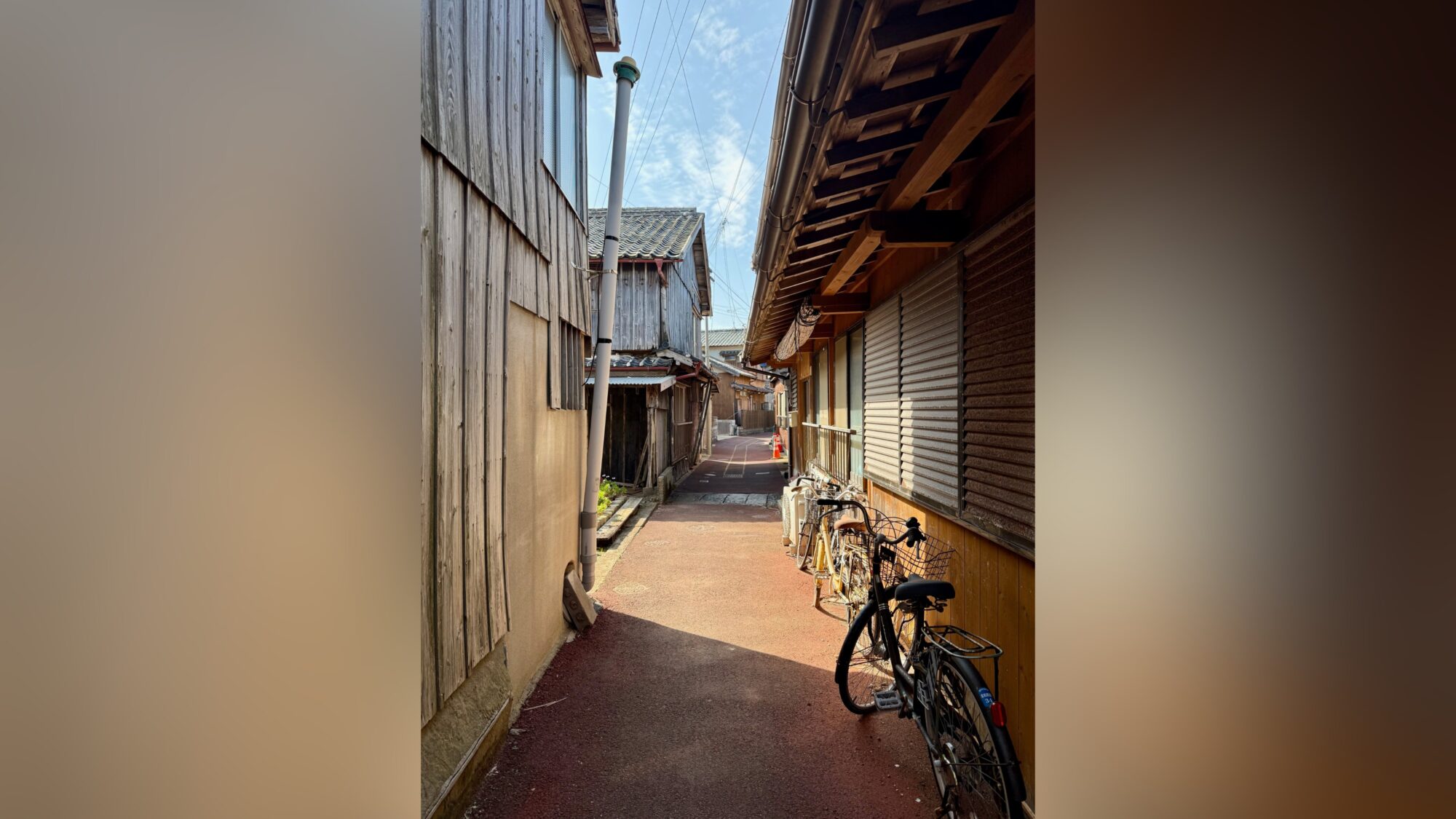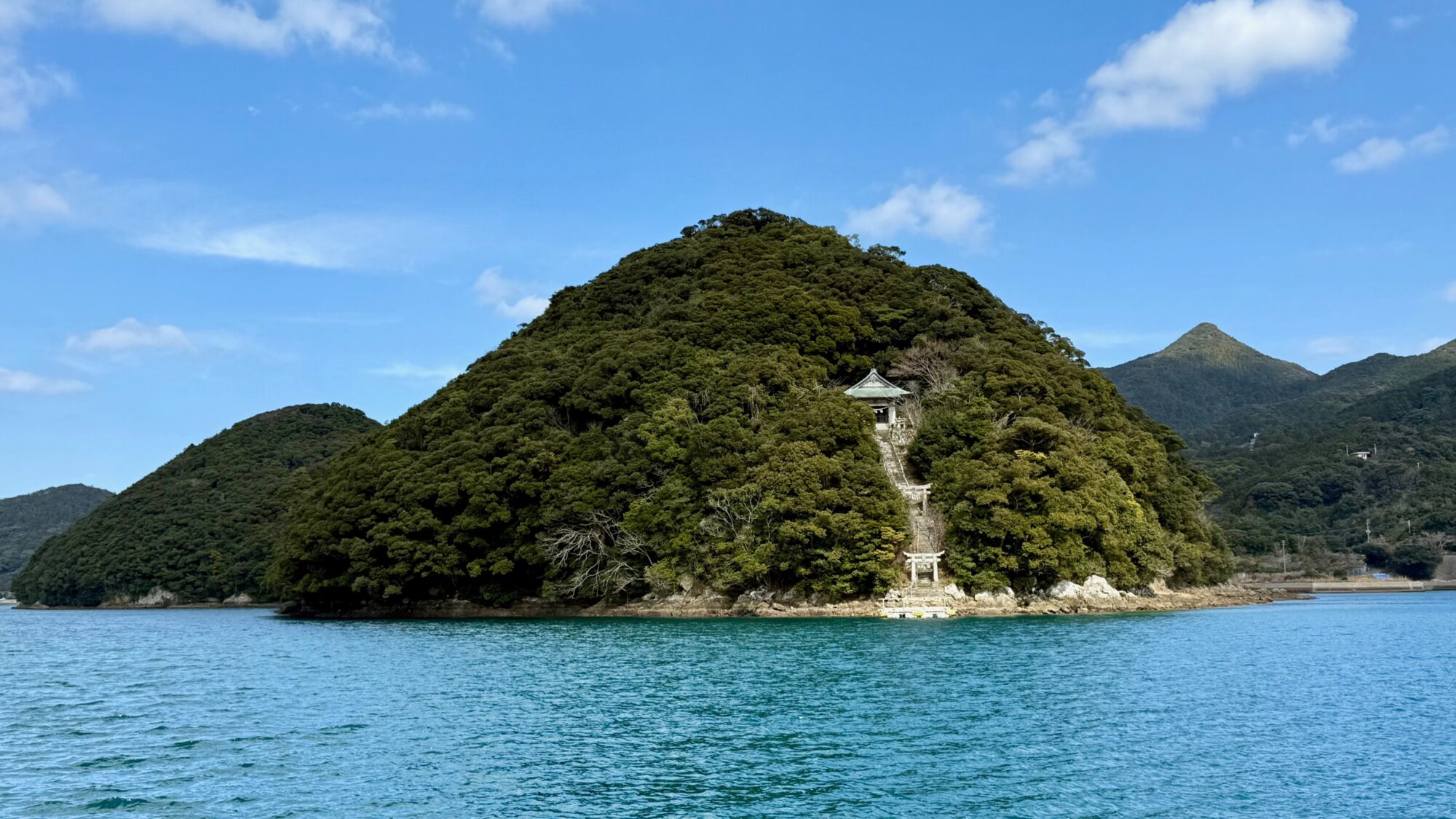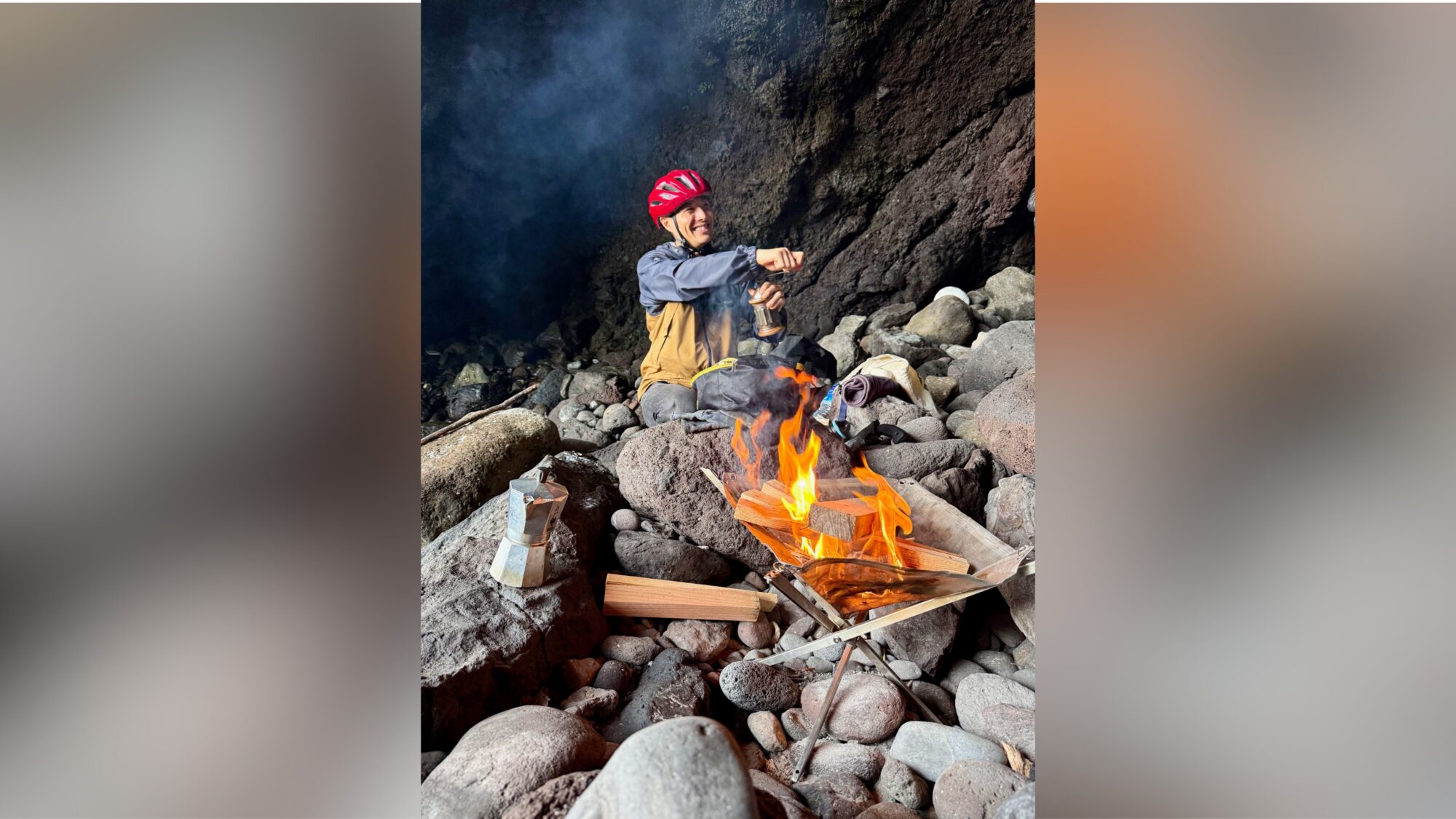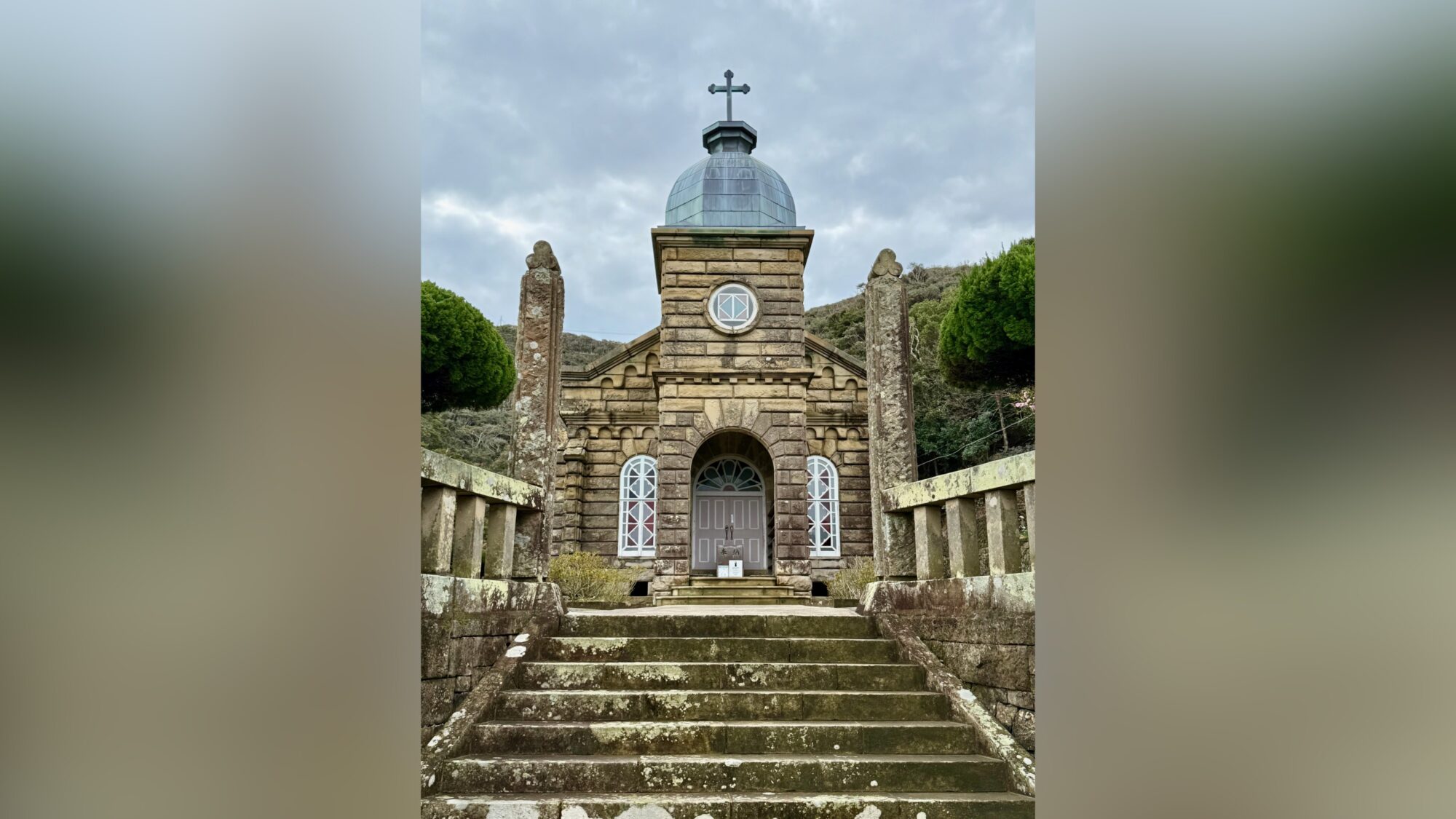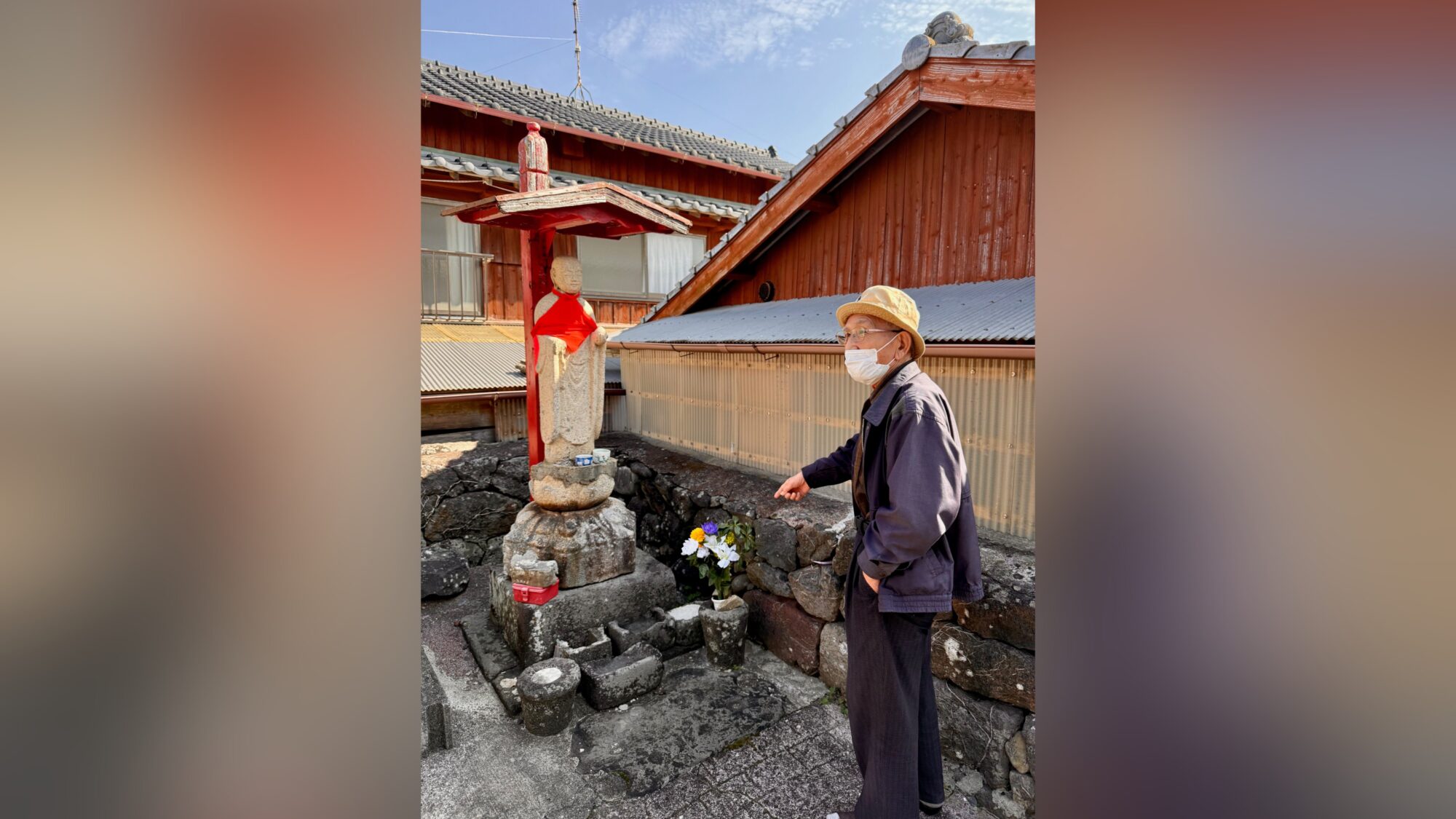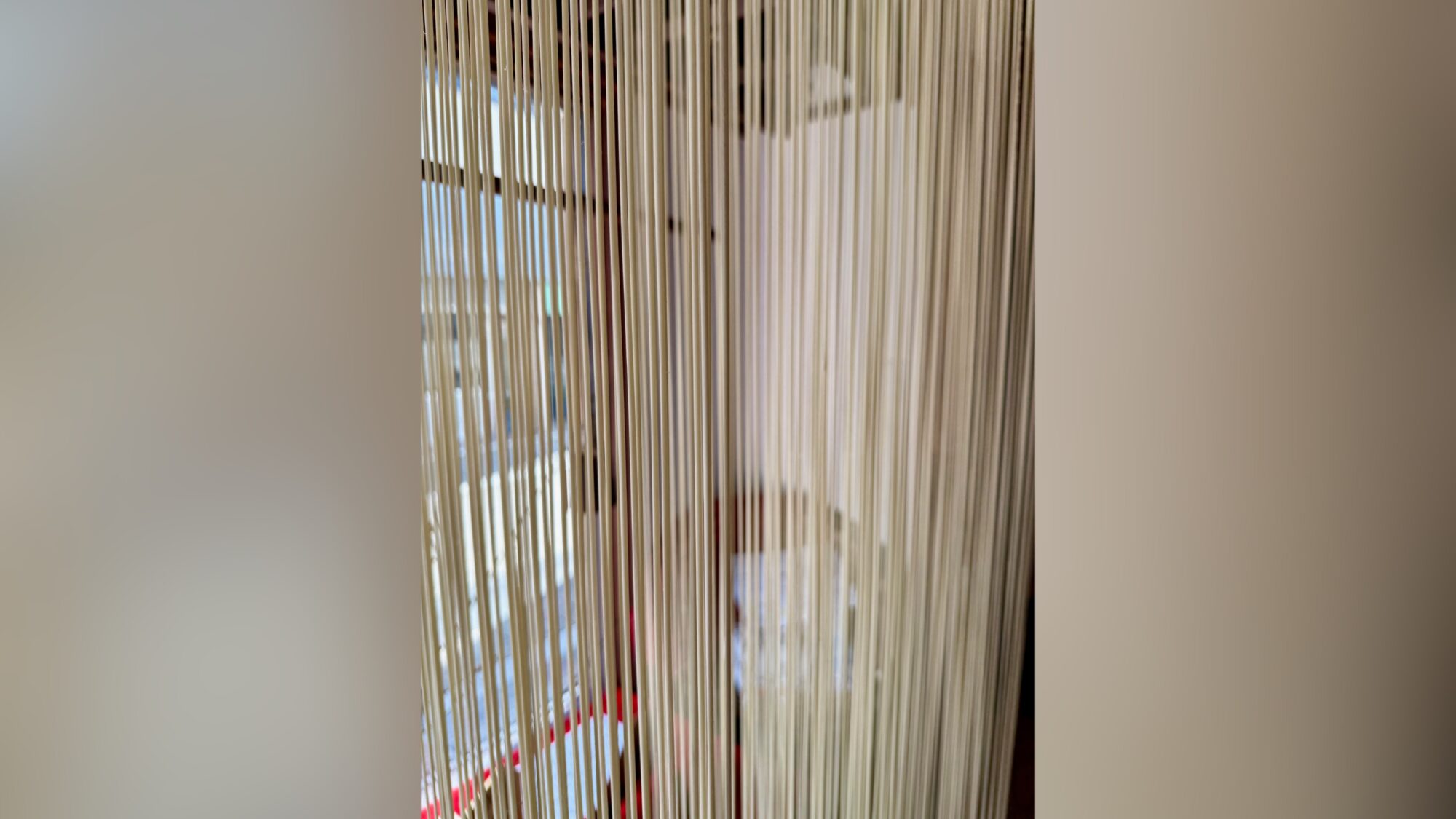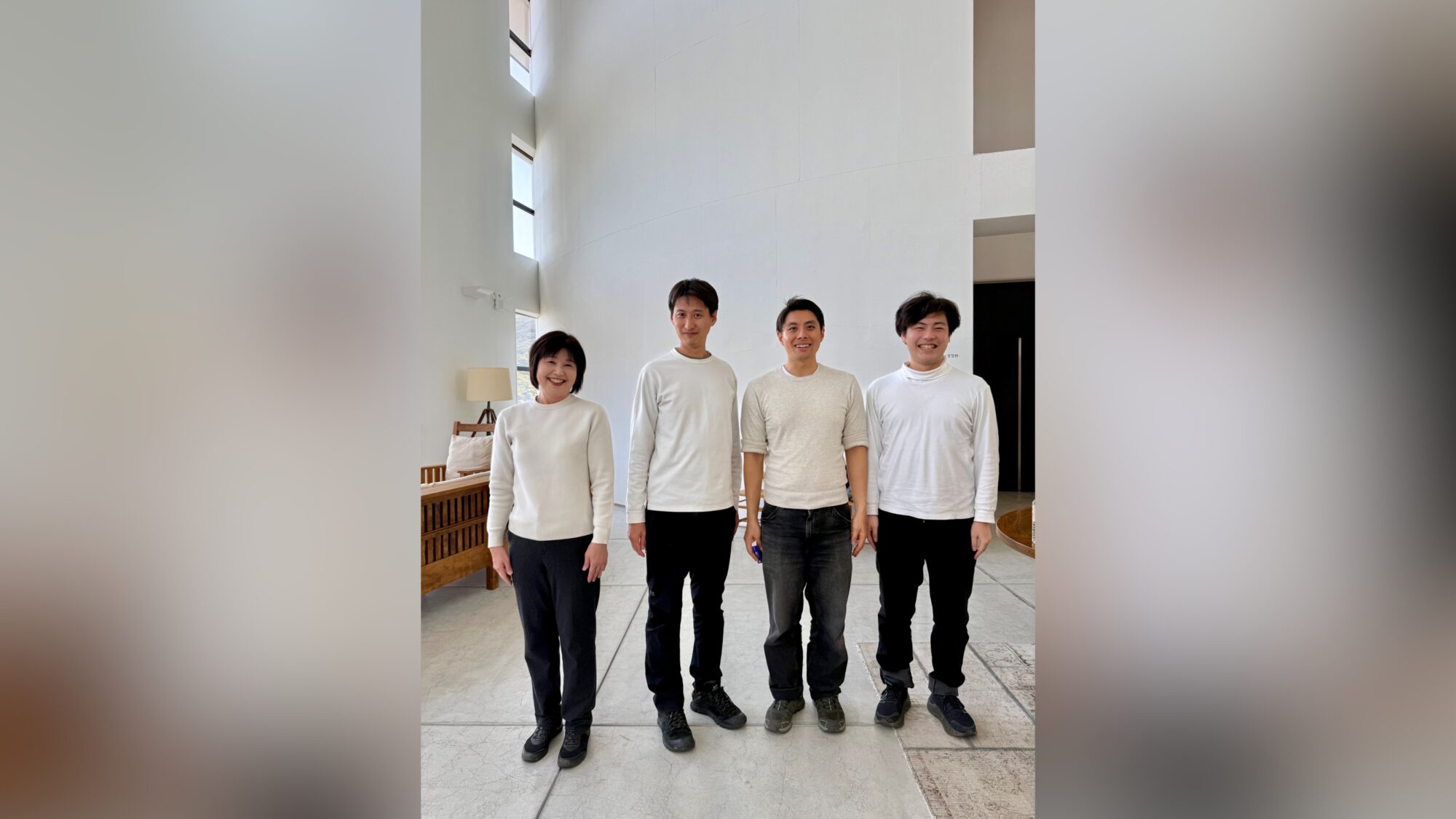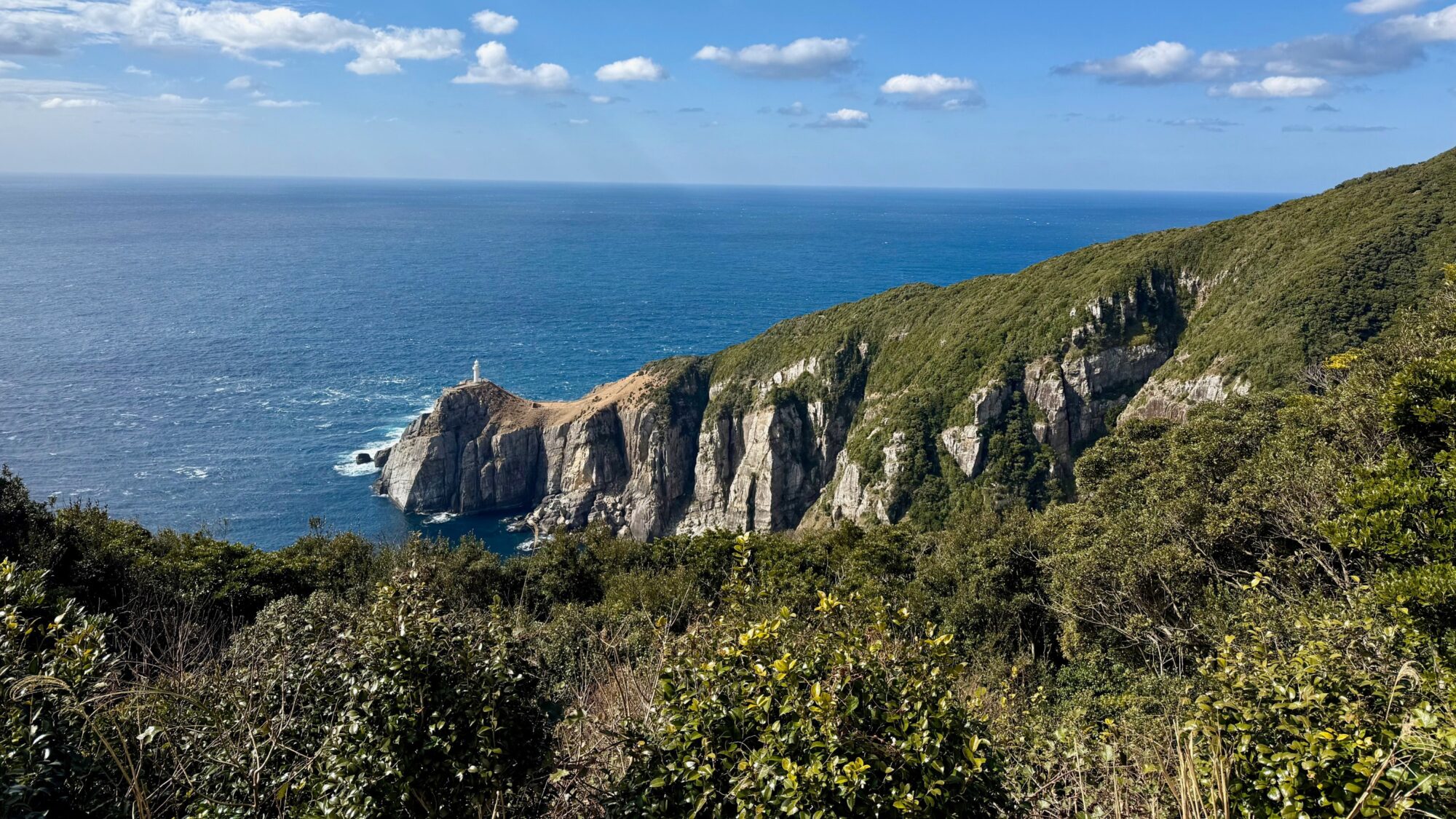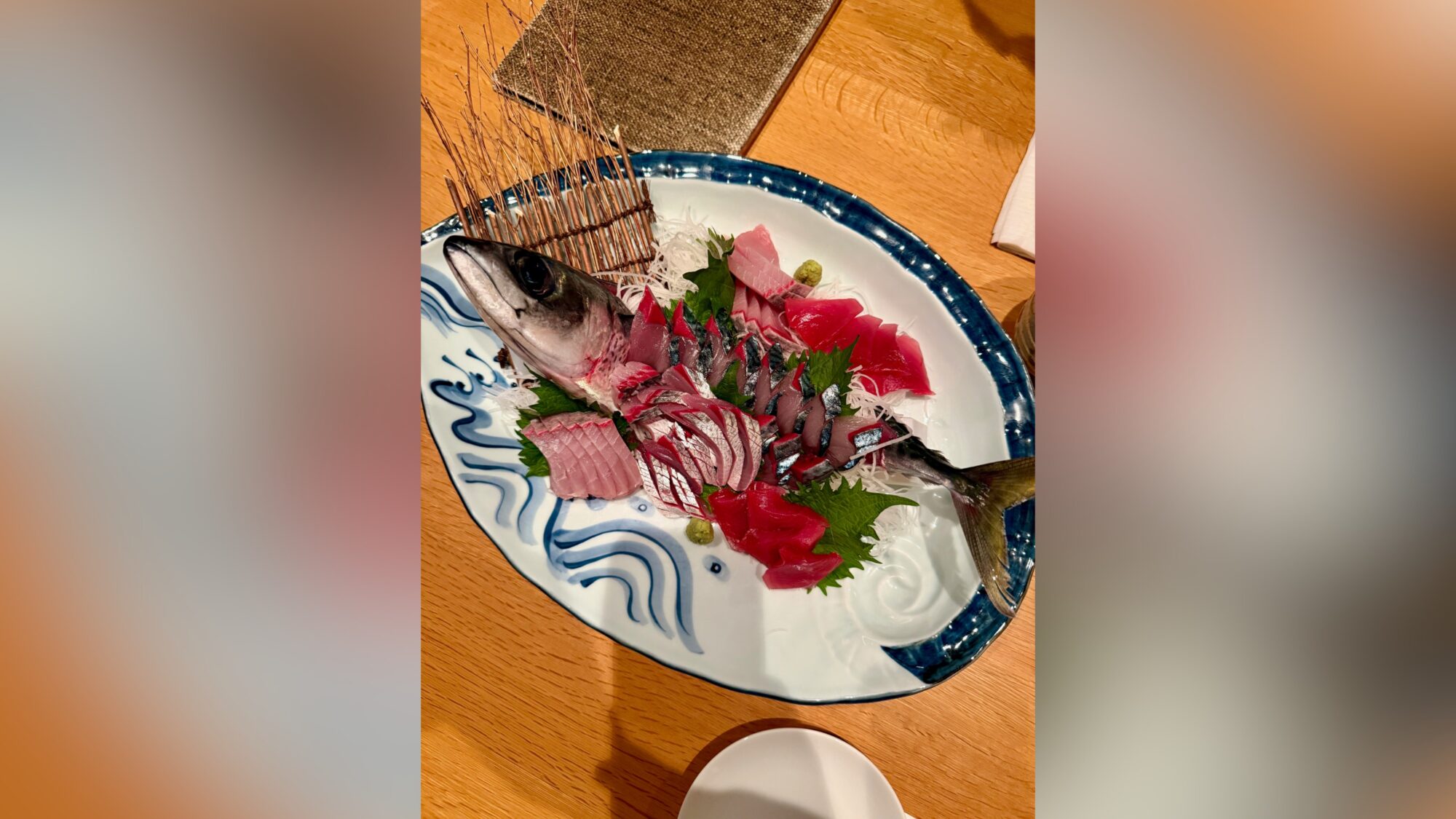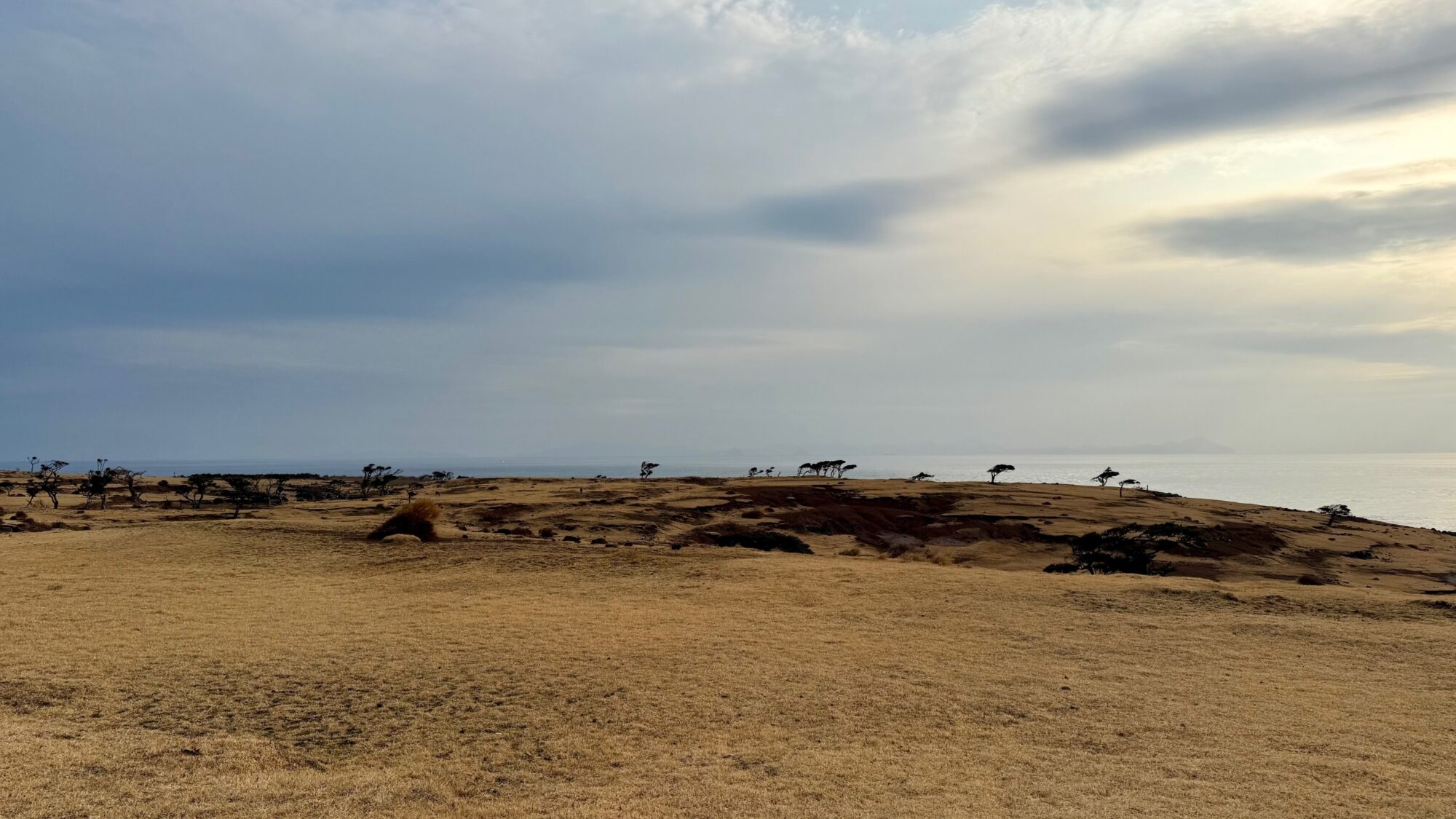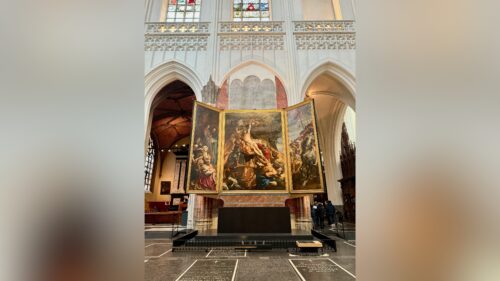Faraway Islands, Unknown Noodles and Hidden Christians in Japan
If you’re anything like me, you’ve read somewhere that Japan consists of four islands and you’ve assumed that’s the lot. If so, you’re short by about 14,121. Yep, you read that right. Japan has more islands than Greece, revealing unexpected and enticing facets of the culture.
So when a friend in the Land of the Rising Sun reached out in January with an invitation to visit the Gotō Islands, my first thought was: where the hell are the Gotō Islands?
Well, let me enlighten you—they’re floating off the coast of Nagasaki in western Kyushu (which, by the way, is my favorite of Japan’s four main islands #KyushuLove). So, I set course for Gotō-rettō, meaning “the five-island archipelago.” Naturally, it’s made up of 140 islands. Classic Japan, keeping things unnecessarily complicated.
After a quick flight on a propeller plane, zooming past a scatter of tiny islets, making me feel like the rugged explorer I’ve always aspired to be, we landed—bounced might be more accurate—in Fukue, the largest of the islands and home to the main town of Gotō.
This place is best enjoyed on two wheels, pootling around on a bike through coastal villages, winding countryside roads, and past impossibly clear waters. It was early February, but I had to be physically restrained from jumping in.
Our adventure kicked off with a blessing at a Buddhist temple—never hurts to stack the odds in your favour. It ended with coffee and mochi in a secret seaside cave, because that’s how we roll.
Island-hopping took on a whole new meaning aboard a Japanese ferry, complete with tatami floors where you can lie down and relax as the boat glides past islands and beneath towering bridges. Why don’t all ferries work like this?
We hiked sacred mountain paths once reserved for monks, strolled across Mars-like landscapes tinged red by iron-rich soil, and spotted deer casually bouncing around with not a care in the world. We shared tea at the foot of a Shinto shrine perched atop a mountain, soaking in the kind of scenery that makes you question every life choice that didn’t lead you here sooner.
We slept overnight in kominka—beautifully restored traditional houses—and feasted in izakaya where the drinks flow and the dishes just keep appearing like some kind of culinary magic marvel.
Then came Gotō udon. The islands’ signature noodles. I fell in love at first bite and proceeded to live off them for three consecutive days. I even tried my hand at making them in a local shop, and let’s just say—I’ll stick to eating them.
Gotō was also a refuge for the Kakure Kirishitan—Japan’s Hidden Christians— who fled Nagasaki’s brutal persecutions, escaping to remote islands and mountain hideouts. Their story lingers in the landscape, with small, architecturally unique churches scattered across the islands, whispering tales of resilience and secrecy. If you want to dive deeper, Scorsese’s 2016 film Silence gives a haunting glimpse into their history.
As always, a trip is defined in the memory by the people you meet, and in Gotō I was welcomed by some of the most passionate, welcoming souls. After five incredible days of island-hopping, udon-devouring, and history-chasing, we boarded the sea-jet back to Nagasaki, stomachs full, heads buzzing, and Gotō permanently imprinted on my heart. 13,981 to go.
